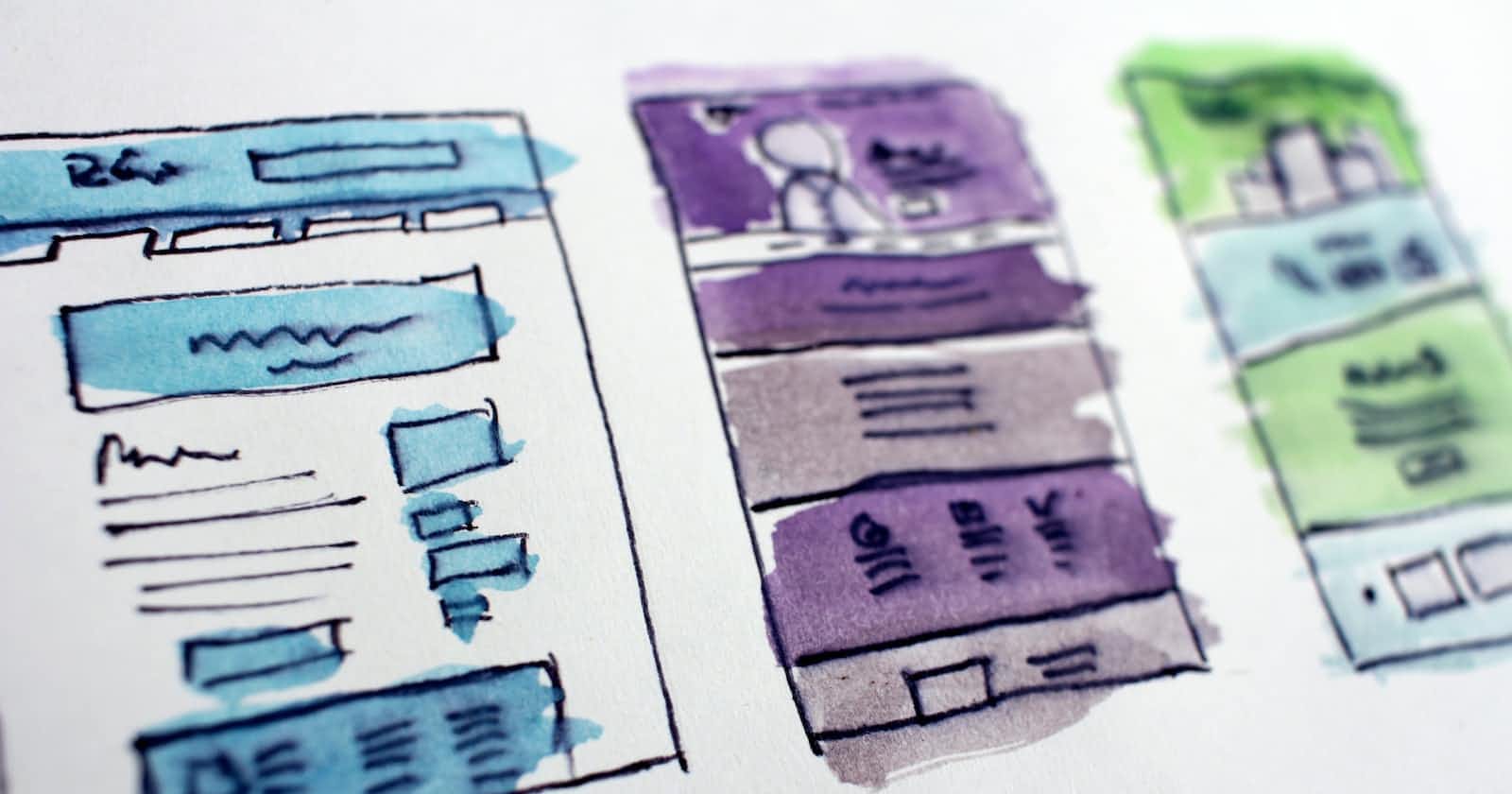The importance of inclusive design for a better converting website!
Why companies that "shift-left" accessibility upstream see greater success online.
Why Inclusive Design is Important
In today’s digital world, having an attractive and engaging website is essential to the success of any business. But simply having a pretty design isn’t enough. For your website to draw in the vast number of users that are online each day, there needs to be an element of inclusion - something that invites all types of people from diverse backgrounds regardless of their physical or mental disabilities. This concept is known as inclusive design, which is a vital part of every successful high-converting site build.
In this post, we will discuss why inclusive design matters for businesses that want to ensure maximum conversions on their web platforms and how you can "shift-left" accessibility further into your workflow to maximize results and minimize additional downstream costs in development, testing and remediation.
Simple ROI from Accessibility
By designing with inclusivity in mind from the very beginning of your web development process, you open up the possibility of reaching new customers who may not have been aware of your product or service before. That means increased visibility for your brand or organization—and directly correlates to increased sales as well because you can now focus on marketing to people with disabilities, unlike your competitors!
For a website to be fully inclusive, it must take into consideration certain accessibility guidelines such as providing alternative text descriptions for images or providing captions for videos so that everyone can understand what’s going on in them. It also requires testing with screen readers so that people who are visually impaired can access the content on your site too.
Shifting Accessibility to the "left"
To ensure that your website, product or service is fully accessible there needs to be an emphasis on shifting left in terms of the adoption of accessibility measures across all stages of development. This means making sure accessibility is considered during the initial beginning planning stages before any coding or designing has begun, rather than afterwards when it may be harder or more expensive to implement changes. By doing this, companies can provide an accessible product, website or service early on instead of trying to fix issues after launch which might cause additional delays and cost overruns further downstream.
A prime analogy of this would be like changing the plans for a house after it's already built. It's much easier to build and iterate accessible features into your blueprints than it is to knock down walls or whole floors to start over or retrofit something already created. The same goes for your digital products, websites or service.
By starting with an inclusive lens to each phase of your project from the start, companies can make sure each stage meets the criteria needed to deliver an accessible experience effectively.
What about Automation?
At the development stages, companies should also consider investing in automated testing tools such as those provided by Essential Accessibility or SortSite which allow you to test for potential accessibility issues during development cycles quickly and easily before launch – saving time and money! These tools are great for catching any potential problems before they become major ones after launch and can also be shifted left at any part of the project cycle to help with remediation efforts. Great for tricker design patterns or complex UI components that need to be taken into account.
As we alluded to above, shifting accessibility is not just about automation. It’s also about having these conversations earlier on the cycle and trying to influence everyone in your team and the business so that everyone is on the same page.
Don't know where to start?
Apart from early conversations and using automation to catch basic accessibility issues, the following are some of the example activities that you can do to shift left:
Sit with your UX and Design team and test the design mock-ups. Verify if the general layout is clear and the colours use high contrast and you outline animations and various focus states for interactive elements.
Participate in planning sessions and contribute what scenarios need to be taken into consideration. This is where adopting different personas can help.
Plan ahead on how it should be used by keyboards and screen readers and share that knowledge with your team.
Copywriters write all content, including ALT text, with readability and logical flow in mind, right from the initial concept brief
Project planners allocate enough time and resources for accessibility work and analysis
Participate in code reviews if you can. Semantic tags have built-in accessibility features so make sure that these are used appropriately.
Try pair testing to catch more accessibility issues earlier on.
Integrate automated tests as part of your continuous integration pipelines so you can provide faster feedback to your team.
Remember, "Everyone is a keyboard user if you're eating with your mouse hand".
-Adrian Roselli
Inclusive design should be part of everyone's toolkit because it helps create an experience that everyone can enjoy regardless of their ability levels or physical attributes. Not only does this make sure everyone can use the services offered on a given website but it also leads to increased user engagement which often translates into higher conversion rates over time. Investing in inclusive design now will pay dividends later so don't wait any longer - start designing with accessibility standards in mind today!

